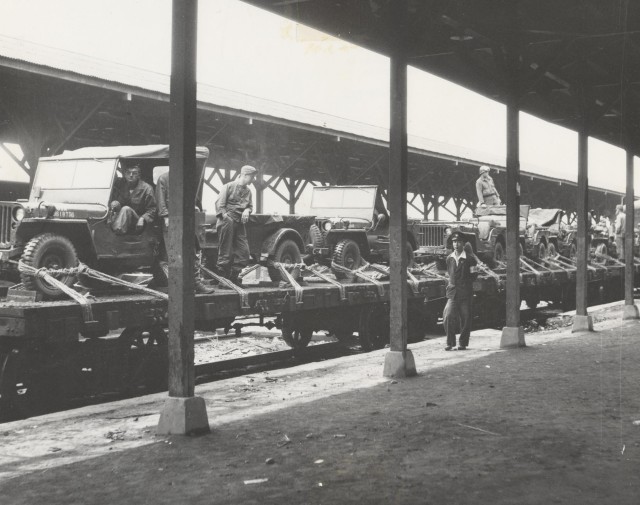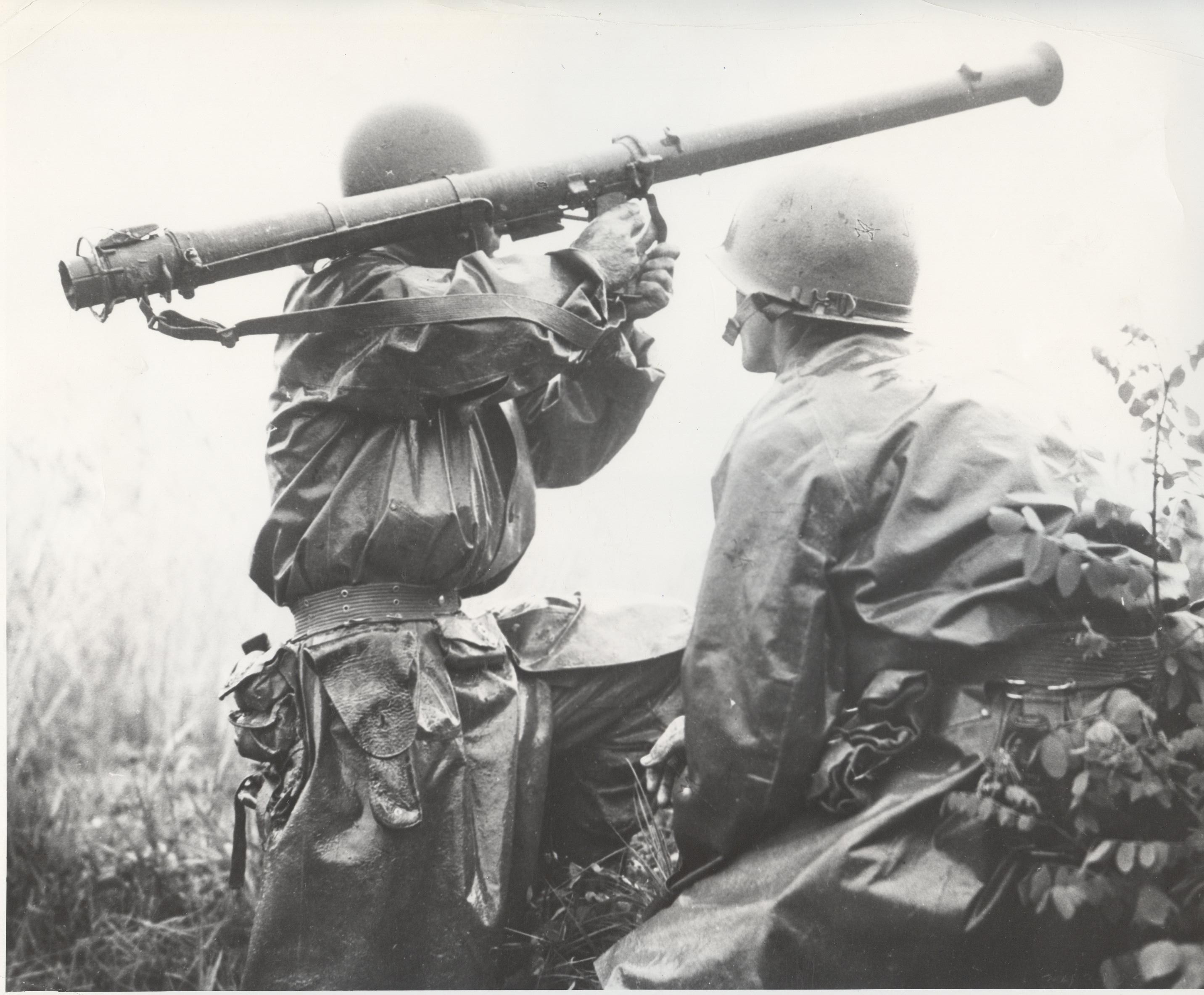First Lieutenant Charles B. (Brad) Smith was at Schofield Barracks on 7 December 1941, when the 24th Infantry Division was the major Army ground unit Aca,!A"first to fightAca,!A? and fire upon the Japanese in World War II. After the warAca,!a,,cs end the Division was assigned to occupation duty in Japan.
On 25 June 1950, North Korean forces invaded South Korea. President Harry Truman ordered American forces to intercede. General Douglas MacArthur believed showing the U.S. Flag and making an Aca,!A"arrogant display of strengthAca,!A? would intimidate the North Koreans.
On 30 June, Brad Smith, by then a lieutenant-colonel in the 24th, began assembling a task force to go to Korea. Aca,!A"Task Force SmithAca,!A? comprised two understrength rifle companies of the 21st Infantry Regiment and some recoilless rifle, mortar, and bazooka teams, soon reinforced by part of the 52nd Field Artillery Battalion. Its 540 men included many combat veterans among its officers and NCOs, while the rest of the soldiers were mostly postwar enlistees. Now they and the 24th would be Aca,!A"first to fightAca,!A? in Korea.
On the 5th of July, SmithAca,!a,,cs men were overwhelmed by North Korean tanks and infantry and had to fight their way back in small groups. For the next fifteen days, they and other elements of the 24th continued a fighting withdrawal to gain time for reinforcements to secure the port of Pusan. Desperate actions leading back to the Kum River line slowed but did not stop the enemy. By 18 July, General Walton Walker, commander of the Eighth Army in Korea, was assembling a cohesive defensive perimeter around Pusan, but he needed the 24th Division to delay the enemy for two more days. Major General William Dean accordingly set up a last ditch defense at Taejon. His men fought heroically, and gave Walker the time he needed, but at a terrible price. The division lost 1150 men out of 4000 engaged there, including General Dean, who later won a Medal of Honor for his actions, including leading bazooka teams to attack enemy tanks, and evading capture for thirty-six days.
Task Force Smith and the rest of the 24th division were unprepared, poorly supplied, and suffered from the lethargy of occupation duty. FailureAca,!a,,cs bitter lessons were not forgotten. General Gordon R. Sullivan, Army Chief of Staff, 1991-1995, decreed there would be Aca,!A"no more Task Force Smiths.Aca,!A? In the 1980s the Army developed the Rapid Deployment Force, preparing it to go anywhere in the world to face any threat. For many years 24th Infantry Division was the heavy mechanized component of that force.
No blame for Task Force SmithAca,!a,,cs failure was attributed to LTC Smith or the 24th. Yet the cloud of Task Force Smith still remained -- until finally dispelled in 1990-91. As the second American division to deploy to Saudi Arabia in the late summer of 1990 during Operation Desert Shield, the 24th faced circumstances reminiscent of Korea forty years earlier: a relatively small and isolated forward force facing a numerous and potentially powerful enemy. This time, however, American forces were stronger, and the enemy did not attack them. Half a year later, the 24th and other American and coalition forces launched their own attack to liberate Kuwait. Operation Desert Storm was a triumphant moment for the 24th Infantry Division, the US Army -- and the Soldiers of that division who had gallantly faced overwhelming forces over 40 years earlier. Their sacrifices were not in vain, and their legacy still resonates within the US Army.










Social Sharing